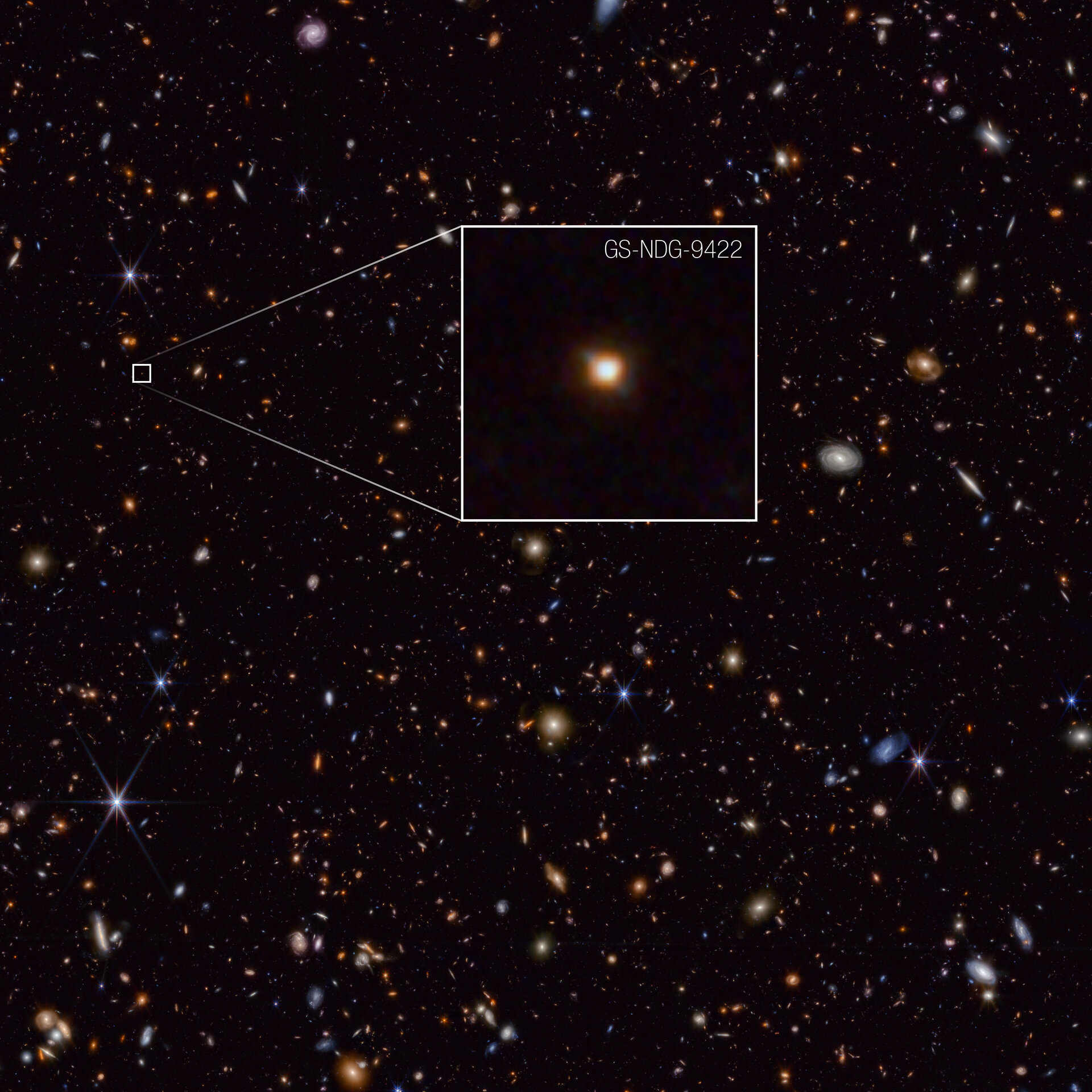03/10/2024
337 views
6 likes
To achieve truly global connectivity, telecommunications satellites are essential. Through the Sunrise Partnership Project with Eutelsat OneWeb – part of Eutelsat Group – and support from the UK Space Agency, ESA is extending advanced 5G connectivity to areas beyond the reach of traditional ground networks.
OneWeb’s constellation consists of over 600 satellites orbiting at 1200 km above Earth, also known as low Earth orbit (LEO). Due to their proximity to Earth, these satellites can deliver high-speed, low-latency connectivity from pole to pole. To harness this global coverage, Eutelsat OneWeb offers user terminals (UTs) – often compact devices that act like antennas to connect to the satellite network, enabling internet service.
The UTs come in various sizes and can be installed on planes, ships, vehicles or buildings to provide strong and reliable connectivity to anyone, anywhere, even in the most remote areas. They also offer robust security protocols and resilience in extreme environments, making them particularly advantageous for organisations seeking their own private networks.
First steps: Antarctic exploration and ocean research
To showcase the strength of this joint solution, ESA, Eutelsat OneWeb and the UK Space Agency have partnered on two exciting oceanic expeditions for the first demonstration of these user terminals.
One is the Sail for Tomorrow student expedition. The crew will spend the next 10 months venturing from France to Tahiti through the Panama Canal, conducting ocean research and participating in an educational programme with a primary school in France. The UT on their ship “Odyssey”, manufactured by Intellian Technologies, will allow the team to share real-time marine research findings and video conference with the primary school students, bringing their exciting research directly into classrooms. Be sure to follow us on X to get live updates from the Sail for Tomorrow crew!
The second demonstration is the Polar Pod expedition, led by renowned French explorer Dr Jean-Louis Étienne. Dr Étienne and his crew are in the process of building research facilities in the seas of the South and North Poles. These facilities, called Polar Pods, will be established in areas which have never before been studied over extended periods of time. They will research the exchange of carbon dioxide between the air and sea, ocean salinity and circulation, the wellbeing of blue whales, and monitoring phytoplankton from space, microplastics and more.
The bespoke UT for this project has been installed on Dr Étienne’s supply ship “Perseverance” and has already been supporting their operations around the North Pole, with a South Pole expedition planned for 2026. With the UT, Perseverance can transfer large amounts of scientific data at high speeds. This connectivity is vital for efficient collaboration and ensuring the crew can communicate, especially in extreme Arctic and Antarctic conditions.
These expeditions exemplify how space technology can benefit scientific research on Earth, contributing to environmental protection and education of future generations. The reliable connectivity provided by the UTs ensures that valuable data from these remote locations can be transmitted and analysed in real-time without disruptions.
Future applications and potential
While these expeditions demonstrate specific connectivity use cases at sea, the potential for the satellite constellation to transform communications extends far beyond, from revolutionising disaster response efforts to telemedicine services and more. The business world stands to benefit significantly: airlines can offer uninterrupted in-flight connectivity, office buildings can establish secure private networks, trains can stay connected over long distances, and transport companies can maintain constant communication with ships at sea.
The satellite and user terminal technology represents a leap forward in our ability to connect and communicate globally. It opens possibilities for research, education and operations in areas previously inaccessible by terrestrial networks.
“Our partnership with Eutelsat OneWeb, supported by the UK Space Agency, exemplifies ESA’s commitment to fostering a more connected future,” said Laurent Jaffart, Director of ESA’s Connectivity and Secure Communications. “By enabling high-speed, secure connectivity in even the most remote locations, we’re empowering people and businesses across the globe. This demonstration shows European technology is facilitating a world where distance is no longer a barrier to collaboration and progress.”
“Innovation and collaboration are at the core of what we do at Eutelsat Group. The Sunrise Project demonstrates how our LEO-based OneWeb network can provide vital connectivity to the most extreme and remote environments. We’re excited to be working alongside our partners on these expeditions to facilitate vital research opportunities. Good luck to the teams and crews involved in this groundbreaking work!” said Sara Mugnaini, Manager of Advance Engineering and Technologies at Eutelsat Group.
“The UK Space Agency’s support for the Sunrise Partnership underscores our commitment to advancing global connectivity services everywhere. It is a great example of how satellite technology is transforming how we live and work, including on the world’s vast oceans,” said Henny Sands, Head of Telecommunications at the UK Space Agency. “By enabling high-speed, secure connectivity in even the most remote locations, we are empowering scientific research and enhancing the capabilities of businesses and communities worldwide. We are proud to support the UK ecosystem at the heart of this integration of terrestrial and non-terrestrial satellite networks and we look forward to following both crews’ journeys.”
Organisations interested in exploring how this technology could enhance their operations are encouraged to get in touch: connectivity.esa.int/partnership-projects. As we continue to push the boundaries of space technology, initiatives like this demonstrate the tangible benefits that space exploration brings to life on Earth. By bridging the digital divide and enabling communication in even the most remote areas, we’re not just connecting devices – we’re connecting people, ideas and opportunities on a truly global scale.



